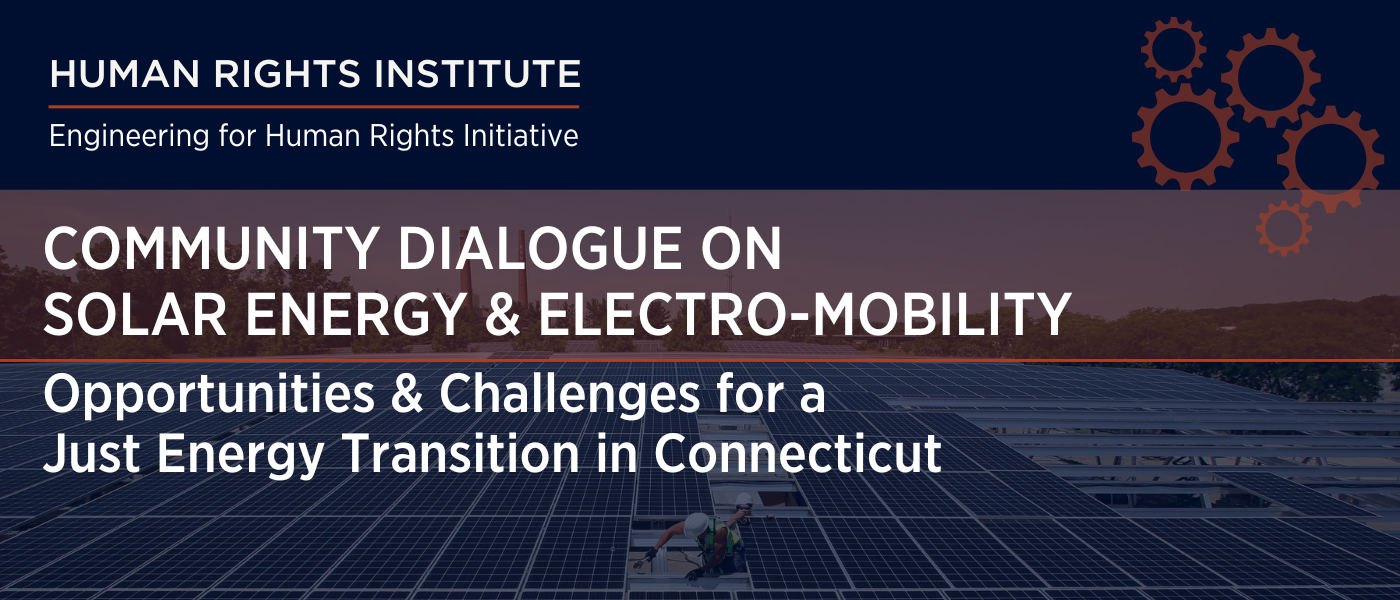Leana Santos, a fourth-year Ph.D. candidate in structural engineering and ENG-HR research assistant, has been nominated for the Best Diversity, Equity, and Inclusion Paper Award by the American Society for Engineering Education (ASEE). Read more here.
Author: Davis Chacon Hurtado
Community Dialogue on Solar Energy & Electro-Mobility in CT
Research on Governance of Solar Geoengineering
We are delighted to share that our esteemed colleague, Dr. Prakash Kashwan, was quoted this week in articles published by the New York Times, among other major news sources. Prakash provides valuable insights on a recently released report from the National Academy of Sciences on solar geoengineering governance.
We invite you to look at these press articles on the links below:
https://www.nytimes.com/2021/03/25/climate/geoengineering-sunlight.html (Also republished in Boston Globe)
https://www.huffpost.com/entry/solar-geoengineering-climate-change_n_605c765dc5b67593e055ff9d
https://earther.gizmodo.com/the-u-s-is-one-step-closer-to-establishing-a-research-1846552421
You can learn more about Prakash Kashwan’s work on his website: https://kashwan.net/research/.
Transportation Challenges and Opportunities for People with Disabilities and Aging Population in Connecticut
Summary of the Event:
The Engineering for Human Rights Initiative (EHRI) and the Aging Research Interest Group of the Institute for Collaboration on Health, Intervention, and Policy (InCHIP) arranged a February 10 (2021) conversation regarding the transportation challenges faced by people with disabilities and the aging population in the state of Connecticut. In attendance were advocates and stakeholders from aging communities and people with disabilities, state and local government, and researchers from the University of Connecticut. The following is a summary of the main challenges and opportunities identified as well as paths for advocacy and research to evaluate and advance the access to work, recreation, and healthcare among other important daily activities for individuals with disabilities and the aging community.
The conversation at this event was focused on transportation-related social inclusion, and the disproportionate impacts it has on marginalized communities. In particular, the social isolation of seniors and people with disabilities, the lack of access to education facilities, and people with disabilities who are often left behind due to unreliable or disintegrated transit services. Emphasized within this discourse, are the disparities in wealth and economic opportunity across communities in Connecticut. This polarity only worsens these challenges, as it limits access to alternative transportation services such as ride-hailing services and/or travel assistance. The roots of these problems are complex and vary, the following was brought up at the event. The issues addressed can be split into two categories: operational challenges and planning challenges.
In regards to operational obstacles, Connecticut’s paratransit services are composed of a set of local and decentralized systems that lack coordination. Services like “Dial-A-Ride” are unable to cross different regions and counties, resulting in a fragmented and complicated transportation system for individuals to navigate, especially in rural areas. There is also a lack of communication between transportation networks and older individuals, rendering it difficult for individuals who do not speak English fluently. Privatized transportation resources such as Uber or Lyft often do not adhere to ADA requirements nor do they offer general accessibility for disabled people. Moreover, in many areas such as university campuses, accessibility ramps remain absent, or unusable during inclement weather.
From a planning perspective, a major issue present is the lack of representation of disabled individuals in discussions of equity, inclusion, and general mobility. There is not enough disaggregated detailed data of populations of disabled and aging populations within the State. There are also no maps or quantitative data illustrating transportation and accessibility trends and challenges for these populations within the state. These could be in violation of ADA standards, however, the discussion highlighted the need to go beyond ADA minimum compliance.
In order to address these challenges, there must be an increase in the representation of disabled individuals in discussions on equity, inclusion, and general mobility. In addition, the approach taken should be proactive and go beyond ADA minimum compliance. Services should be accommodation-oriented rather than compliance-oriented. A central priority should be to develop and fund a state-wide interconnected infrastructure transportation network with resources that allow for older and disabled populations to have better access to reliable forms of transportation as well as technology that translates languages for people who do not speak English fluently.
An overarching theme in this discussion was the idea of technology as a tool to help solve these varied problems, rather than a solution in and of itself. Improving technology must go hand in hand with improving infrastructural resources. Examples of such potential synergies include translation software; apps that connect transportation routes throughout the state; maps that demonstrate the geographic dispersion of transportation resources; and the development of a centralized, interconnected communications database. While there is a strong connection between technology and transportation, it is vital to keep in mind that the aging population and people with disabilities do not always have easy access to technology, nor do all members of these populations have an understanding of how to use such services. Therefore, there is a need to understand their perceptions and familiarity with existing and evolving technologies in order to build an approach that serves all people equitably and comprehensively. A key takeaway message from this event was the recognition that the complex and inter-related challenges experienced by elderly people and people with disabilities transcend access to transportation. Their needs are embedded with broader socioeconomic and cultural spheres at the systems level and require comprehensive solutions that cross the varied domains of human rights, representation, technology, engineering, and equity.
For additional information please contact
davis.chacon@uconn.edu
Seminar – Social Cohesion and Community Displacement in Armed Conflict: Evidence from Palestinian Villages in the 1948 War.
Social Cohesion and Community Displacement in Armed Conflict: Evidence from Palestinian Villages in the 1948 War on Tuesday, February 02 from 12:30 to 1:45 p.m.


|
|
|
|
ENGR-HR Faculty Awarded American Political Science Association (APSA) Conflict Processes Best Paper Award
The ENGR-HR Initiative is thrilled to announce that a paper authored by our colleague, Michael Rubin, won the American Political Science Association (APSA) Conflict Processes Best Paper award at the association’s 2020 annual meeting in September. The manuscript, entitled “Social Cohesion and Community Displacement in Armed Conflict” (APSA preprints link to the manuscript), explores local-level variation in patterns of conflict-related forced displacement, focusing on the context of the 1948 War in Mandate Palestine.
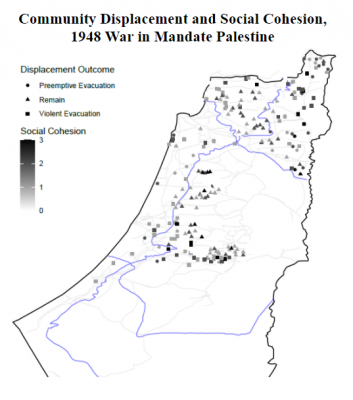
ENGR-HR Faculty Published Groundbreaking Research in Armed Conflicts and Human Rights
ENGR-HR faculty, Michael Rubin, published two articles during the Fall 2020 semester on Armed Conflicts and Human rights:
- “Terrorism and the Varieties of Civil Liberties” in the Journal of Global Security Studies (JoGSS link) explores the relationship between countries’ human rights records on distinct civil liberties dimensions and their exposure to terrorism.
- “Terrorism in Armed Conflict: New Data Attributing Terrorism to Rebel Organizations” in the journal Conflict Management and Peace Science (CMPS link), which introduces the Terrorism in Armed Conflict (TAC) dataset attributes incidents in START’s Global Terrorism Database to perpetrators in the Uppsala Conflict Data Project sample of rebel organizations. The data covers 409 rebel organizations globally 1970–2013.
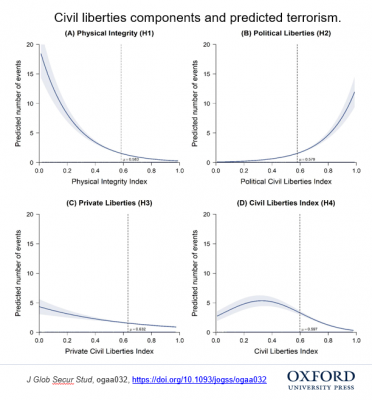 |
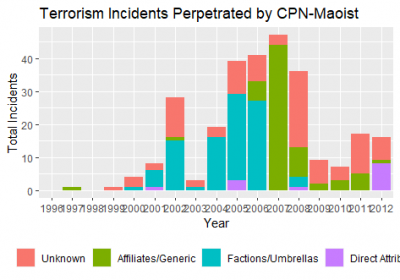 |
The Engineering for Human Rights Initiative Provided Written Comments on Governor’s Council on Climate Change (GC3)’s Draft Reports
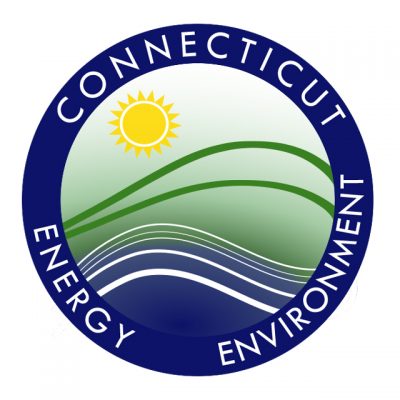 The Connecticut Governor’s Council for Climate Change (GC3) invited the Engineering for Human Rights Initiative to provide public comments on a set of draft reports that make recommendations to reduce greenhouse gas emissions and to adapt to climate change impacts in Connecticut. The reports cover seven key areas:
The Connecticut Governor’s Council for Climate Change (GC3) invited the Engineering for Human Rights Initiative to provide public comments on a set of draft reports that make recommendations to reduce greenhouse gas emissions and to adapt to climate change impacts in Connecticut. The reports cover seven key areas:
- Equity and Environmental Justice,
- Public Health and Safety,
- Science and Technology,
- Infrastructure and Land Use Adaptation,
- Progress on Mitigation Strategies,
- Financing Adaptation and Resilience, and
- Working and Natural Lands.
The GC3 was established in 2015, and it was expanded by Governor Ned Lamont in 2019 (see Executive Order No. 3) with the goals of implementing greenhouse gas emissions reductions strategies, preparing and adapting our state for the impacts of climate change, and ensuring strategies are equitable and protect the most vulnerable communities. The comments can be seen below.
 Loading...
Loading...
Research on COVID-19: Collaboration at the Nexus of Engineering, Human Rights, and Interdisciplinary Scholarship
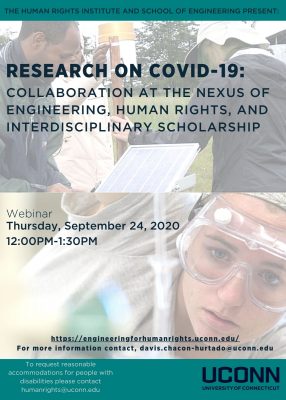
The ENG-HR initiative organized the event: “Research on COVID-19: Collaboration at the Nexus of Engineering, Human Rights, and Interdisciplinary Scholarship” on Thursday, September 24.
During this event, researchers and affiliates had the opportunity to meet faculty involved in innovative research and initiatives to understand and tackle the effects of the COVID -19 outbreak in our society. The list of the presentations is below. For additional information on the event or recorded presentations, please contact Davis Chacon-Hurtado at davis.chacon-hurtado@uconn.edu.
- ‘Applying Chemical Engineering to Address Critical Shortages in the COVID-19 Pandemic’ by Jeffrey McCutcheon
- ‘Pandemic Journaling Project’ by Sarah Willen
- ‘Mathematically Modeling COVID-19 Replication’ by Ranjan Srivastava
- ‘The Ethical and Human Rights Implications of Using Digital Contact Tracing Tools to Respond to the Covid-19 Pandemic’ by Audrey Chapman
- ‘COVID-19 pandemic in the flood season’ by Xinyi Shen and Manos Anagnostou
- ‘Vulnerability and the Limits of Choice – Homecare Workers’ Views on Risk and COVID-19′ by Kathy Libal
- ‘Safety Assessment of New England Roadways during the Covid-19 Pandemic’ by John Ivan
- ‘Community Planning and Resilience for a Climate-Changed World: Insights from Urban India’ by Prakash Kashwan
–
